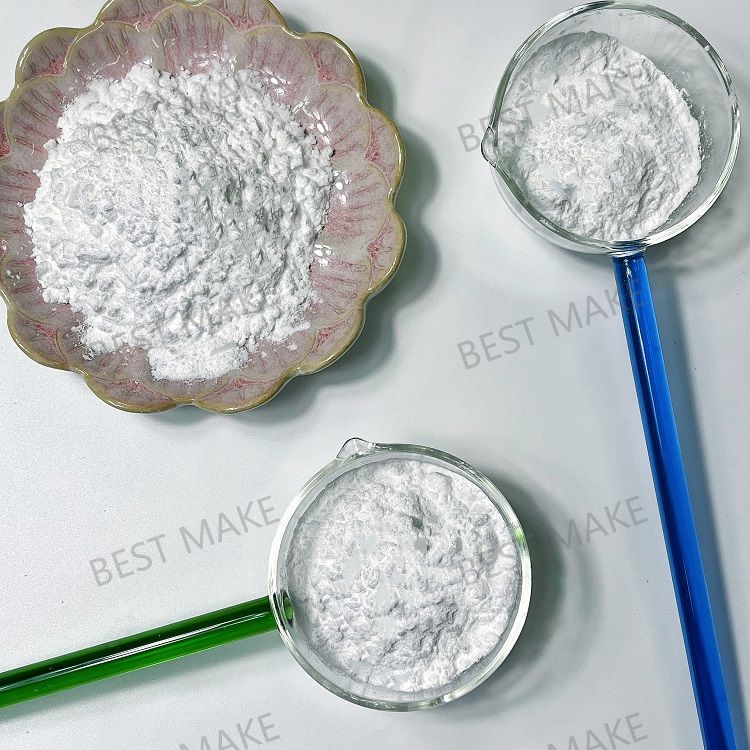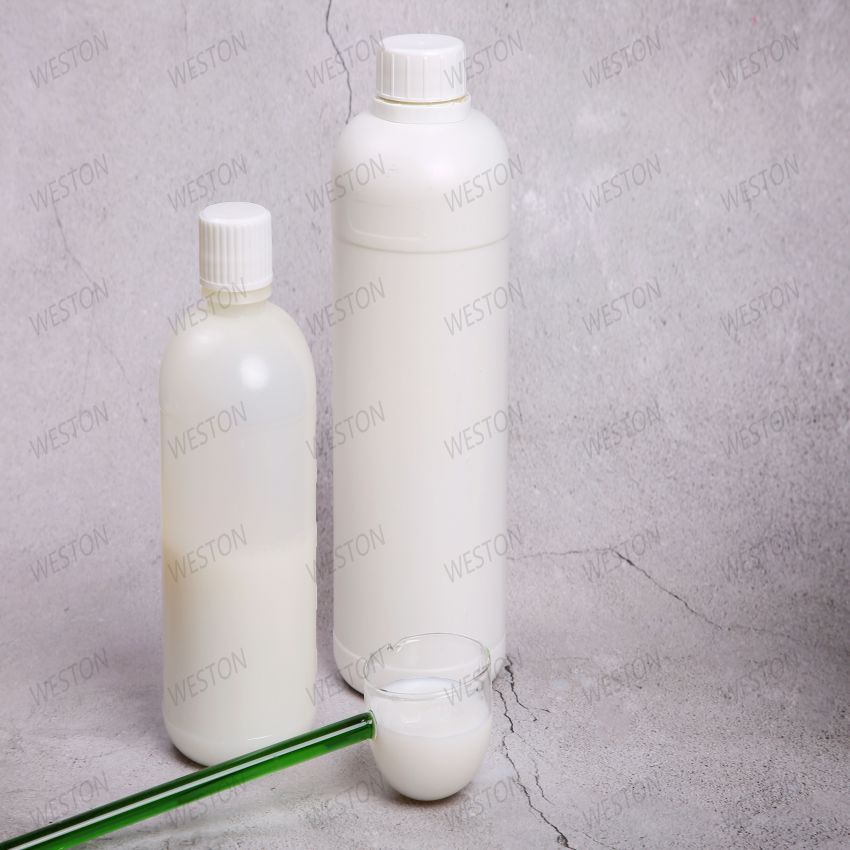-
Categories
-
Pharmaceutical Intermediates
-
Active Pharmaceutical Ingredients
-
Food Additives
- Industrial Coatings
- Agrochemicals
- Dyes and Pigments
- Surfactant
- Flavors and Fragrances
- Chemical Reagents
- Catalyst and Auxiliary
- Natural Products
- Inorganic Chemistry
-
Organic Chemistry
-
Biochemical Engineering
- Analytical Chemistry
- Cosmetic Ingredient
-
Pharmaceutical Intermediates
Promotion
ECHEMI Mall
Wholesale
Weekly Price
Exhibition
News
-
Trade Service
4 Test method
When the reagents and water used in this standard are not marked with other special requirements, the analytical reagents and the tertiary water specified in GB/T6682 shall be used
Standard solutions used in this standard, standard solutions for impurity determination, preparations and products, unless other special requirements are specified, are prepared in accordance with GB/T 601, GB/T602, and GB/T603
4.
4.
The sample is titrated with EDTA standard titration solution in the presence of ammonia-ammonium chloride buffer solution, and the titration end point is judged by the color change of chrome black T indicator
4.
4.
4.
4.
4.
4.
Weigh 0.
Do a blank test at the same time
4.
The content (X 1 ) of manganese acetate expressed in mass percentage [ calculated as Mn(CH 3 COO) 2 ·4H 2 O] is calculated according to formula (1):
In the formula: V 1 -the volume of EDTA standard titration solution consumed by the sample, mL;
V 2 —Blank consumption volume of EDTA standard titration solution, mL;
c—The actual concentration of EDTA standard titration solution, mol/L;
0.
m—the mass of the sample, g
.
4.
1.
5 Tolerance
Take the arithmetic average of the two measurement results as the measurement result
.
The difference between the two parallel determination results shall not be more than 0.
2%
.
4.
2 Determination of water-insoluble matter 4.
2.
1 Instruments and equipment
Glass crucible: The aperture of the filter plate is 5um~15um
.
4.
2.
2 Analysis steps
Weigh 20g of the sample (accurate to 0.
01g), place it in a 500mL beaker, add 80mL of water to dissolve, filter with a glass crucible of constant mass in advance, and wash the filter residue 5 times with 100ml of hot water
.
Dry at 105℃~110℃ until the quality is constant
.
4.
2.
3 Expression of analysis results
The water-insoluble content (X 2 ) expressed in mass percentage is calculated according to formula (2):
Where: m—mass of crucible plus residue, g;
m 1 —The mass of the crucible, g;
m—the mass of the sample, g
.
4.
2.
4 Allowable difference
Take the arithmetic average of the two measurement results as the measurement result
.
The difference between the two parallel determination results shall not be greater than 0.
002%
.
4.
3 Determination of sulfate
4.
3.
1 Reagents and solutions
4.
3.
1.
1 95% ethanol
.
4.
3.
1.
2 Hydrochloric acid solution: 2+1
.
4.
3.
13 Barium chloride solution: 100g/L
.
4.
3.
1.
4 Sulfate standard solution: 1ml, the solution contains 0.
1mg SO42-
.
4.
3.
2 Analysis steps
Weigh 2g sample (accurate to 0.
01g), place it in a 100mL beaker, add 0.
6mL hydrochloric acid solution, dissolve it with water and dilute to 50mL, filter with dry filter paper, and discard about 10mL initial filtrate
.
Take 25mL of the filtrate into a 50mL colorimetric tube, add 3mL of "95% ethanol" and 2mL of barium chloride solution, shake well, and place for 1h
.
Compared with the standard turbidity solution, its turbidity shall not exceed the turbidity of the standard turbidity solution
.
Standard turbidity solution: Take 2mL sulfate standard solution, place it in a 50mL colorimetric tube, add 0.
3mL hydrochloric acid solution, dilute to 25mL with water, then add 3mL "95% ethanol " and 2mL barium chloride solution, mix well, and place 1h spare
.
4.
4 Determination of chloride
4.
4.
1 Reagents and solutions
4.
4.
1.
1 Nitric acid solution: 1+2
.
4.
4.
1.
2 Silver nitrate solution: 20g/L
.
4.
4.
1.
3 chloride standard solution: 1ml CI solution containing 0.
1 mg -
.
4.
4.
2 Analysis steps
Weigh 1g sample (accurate to 0.
01g), place it in a 50mL colorimetric tube, add 5mL nitric acid solution to dissolve, add water to 25mL, add 1mL silver nitrate solution, shake well, and place for 15min
.
Compared with the standard turbidity solution, its turbidity shall not exceed the turbidity of the standard turbidity solution
.
Standard turbidity solution: Take the chloride standard solution (0.
2mL for excellent products, 1mL for first-class and qualified products), and process the same as the sample at the same time
.







